By Chloé Dupré.
When we think about robots, the first thing that comes to mind may be the endless production lines of the car or food industries, churning out bolts and canned lentils with a speed that would be the envy of any Stakhanovite. The unveiling of Nao and his big sister Pepper have turned this stereotype around and opened up new, more social possibilities for robotics. Spoon Artificial Creatures is using these successes as a springboard to go even further.
It’s an undeniable fact. Aldebaran Robotics has been a success, both in its communication and in the media coverage of the possibilities offered by the technique. But that was not enough for Jérôme Monceaux, one of its co-founders and a globally recognized expert in social robotics. In late 2015, he founded Spoon, an intentionally interdisciplinary startup (engineers, developers, a philosopher, a designer…) with the ambition of taking a more functional approach to the social fabric, which disagrees with today’s overly gadget-centric view of our articulated future companions.
What comes after the wow factor?
Social robotics takes a schematic approach to three major areas: mobility, prehensility/manipulation, and interaction. Spoon has chosen to concentrate on interaction for the time being.
“It is essential to create a recurring interest in the robot. And the key for this recurrence is the quality of the interaction”
“When you meet a robot for the first time, your astonishment is as intense as it is fleeting: it amuses and intrigues you for ten minutes, then you lose interest. It is essential to create a recurring interest in the robot; the key to this recurrence is the quality of the interaction,” says Julien De Sanctis, a doctoral student in Philosophy and Ethics applied to Social Robotics, and a member of Spoon. To achieve this, physical appearance is key, since anthropomorphizing the robot (making it resemble a human as closely as possible) makes us expect more from it, that it will behave and speak “like a human. “
To avoid the slippery slope of the Uncanny Valley and impossible promises, Spoon’s parent team has opted for a zoomorphic robot whose body is composed of an articulated arm with six degrees of freedom. This gives its movements a fluidity that avoids the pitfalls of jerky movements, which are overly… robotic! Spoon’s head is a touchscreen that displays a face, decorated with two ears. Its species is intentionally unidentifiable, but the artificial creature definitely exudes friendliness and naturalness.
With Spoon, the face is the door to interaction
Unlike its humanoid relatives, Spoon has not only a head, but a face. With this robot, the face is the door to interaction. The creature is able to demonstrate its attention by looking you in the eyes. It can also simulate instinctive social behaviours like shyness when it meets you for the first time, moving back when you enter its bubble, or turning its head when someone approaches.
A machine that learns from people
Another notable difference is that the robot can be perceived as a child, without Internet access to check or search for information: it learns by retaining the information given to it. It is thereby nourished by collective intelligence, like a voting system: each interaction constructs its social future. It is precisely this detail of its design that shakes up what the Web giants are attempting to impose on our societies: a model that can be seen as oligarchic, and a vertical, solution-oriented vision.
Since technology is political in the sense that it profoundly changes technology, Spoon’s members’ world is influenced by the obsessive idea of making human/machine interactions serve human/human interactions. People are at the heart of this technological and societal project. To give an example, Spoon provides ethical monitoring of its creatures as used by its clients, as part of a co-construction process. Concretely, this translates to the clarification of the promoted values through the robots’ various use cases and a careful examination of the implications of these scenarios. And ethical continuity between Spoon and the values of the companies using the robots cannot be ensured without a moral contract suitable for a transfer of ownership.
“Spoon serves and must continue to serve humans, among humans”
The intention behind this articulated screen goes far beyond a desire to wow the crowd; this robot has not been created as the pet project of some crazy engineers. Nor is it nor should it be a substitute. Julien De Sanctis explains this as follows: “Spoon serves and must continue to serve humans, among humans. It is not designed to replace them in any way. Robots must not remain mere R&D experiments, but must rather find a use and have a positive impact.”
Spoon makes no extravagant promises, but it can take pride in making us less embarrassed about talking to our cat, if this can help us better communicate with our group of domestic humans.
Originally published in Usbek & Rica “Le robot peut-il devenir un animal social ?“

